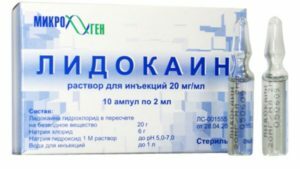 Lidocaine is an anesthetic of the IV generation. It was first used as an anesthetic in dentistry in 1944.
Lidocaine is an anesthetic of the IV generation. It was first used as an anesthetic in dentistry in 1944.
It is still widely used in medicine because of its high efficiency and quick action.
Contents
- Usage in modern dentistry
- Composition and dosage of medicament
- Mechanism of action and benefits of
- Spray application features
- Uses of
- gels Price for different forms of release
- Application for treatment of children and pregnant women
- Contraindications and side effects
Application in modern dentistry
Lidocaine in various forms is used in dentistry for anesthesia and anesthesia. Has a local anesthetic effect. Promotes vasodilation without tissue irritation.
Evenly distributed over the treated area for a short period of time.
Used in the treatment of the following dental diseases:
-
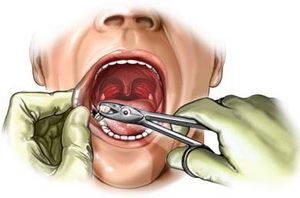 tooth extraction;
tooth extraction; - gingivitis;
- painful teething;
- irritation of the mucosa due to dentures;
- stomatitis;
- removal of calculus;
- dissection of cystic lesions.
In dentistry is mainly used in ampoules. In other forms can be used for toothache at home.
Composition and dosage of medicament
The solution in ampoules is highly effective. The composition of 2% -preparation includes:
-
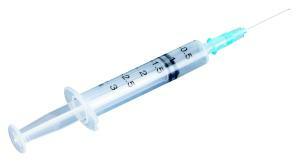 sodium chloride - 6 mg;
sodium chloride - 6 mg; - lidocaine hydrochloride - 20 mg;
- water for injection - to bring to full volume.
In contrast to novocaine, this drug works well in inflamed tissues. Does not have a negative effect on the cardiovascular system. It has a low price. The dosage of the drug depends on the complexity of the disease and individual patient tolerance.
Overdose can occur numbness of the tongue and lips, there are headaches and general weakness. A sense of euphoria is often accompanied by dizziness. The duration of the anesthesia lasts from half an hour to an hour and a half.
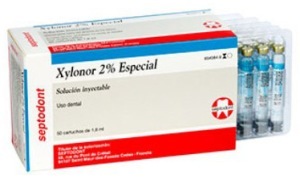 Lidocaine in carpules, better known as "Xylonor," is fast-acting. A 3% solution of the drug has a deeper anesthetic effect. Carpules are the most preferred form of release. Disposable sealed containers are not inferior in safety to glass ampoules, but facilitate work with the drug.
Lidocaine in carpules, better known as "Xylonor," is fast-acting. A 3% solution of the drug has a deeper anesthetic effect. Carpules are the most preferred form of release. Disposable sealed containers are not inferior in safety to glass ampoules, but facilitate work with the drug.
The drug "Xylonor" is produced in volume of 1.7 ml. The composition of the anesthetic includes vasoconstrictor additives, which prolong the action of the drug and provide more effective analgesia.
Mechanism of action and benefits of
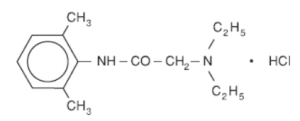 The solution of lidocaine in ampoules is highly effective, which reaches 95%.Has antiarrhythmic action. It blocks the sodium channels of neurons. The maximum effect after administration is observed after 40-60 seconds.
The solution of lidocaine in ampoules is highly effective, which reaches 95%.Has antiarrhythmic action. It blocks the sodium channels of neurons. The maximum effect after administration is observed after 40-60 seconds.
Metabolised in the liver, excreted in the urine.
Among the shortcomings of the drug - the presence of side effects and short-acting, which is important for long-term operations.
Features of spray application
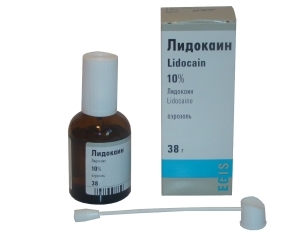 Lidocaine in the form of a spray( aerosol) is used for local anesthesia. It is characterized by a high concentration of active substance. The composition of the drug also includes ethyl alcohol and mint oil. The peak of concentration occurs in an hour and lasts up to 7-8 hours.
Lidocaine in the form of a spray( aerosol) is used for local anesthesia. It is characterized by a high concentration of active substance. The composition of the drug also includes ethyl alcohol and mint oil. The peak of concentration occurs in an hour and lasts up to 7-8 hours.
Indications for the use of lidocaine in the form of aerosol are dental diseases, including children, removal of calculus, installation of crowns, operations on the tissues of the oral cavity.
When treating the oral cavity in children it is desirable to apply the composition to a cotton swab. The dosage of the drug depends on the size of the treated surface and the complexity of dental treatment.
Uses of
gels Anesthetic gels for dental use are used to relieve pain in teething and dental problems. The following gels based on Lidocoin are known:
-
 Calgel - used to relieve pain in children during teething;
Calgel - used to relieve pain in children during teething; - Kamistad - suitable for children and adults with dental diseases;
- Dentinox - has a local anesthetic effect. Used for the investment of pain during teething. Recommended for preparing teeth for crowning.
If you are collecting a first-aid kit for a baby for up to a year, then this video will be useful to you.
It should be noted that ointment with Kidokainom in dentistry is not used, tk. The ointment form is not effective on the mucosa of the oral cavity.
Price for different forms of release
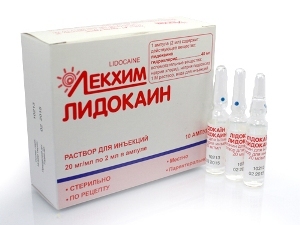 Depending on the form of release, the price of lidocaine varies and is:
Depending on the form of release, the price of lidocaine varies and is:
- Solution in ampoules is the cheapest drug with active substance content. Depending on the concentration of the solution, the price of the drug is from 12 to 60 rubles.
- The cost of the drug in the - Xylenor blood vessels is about 50 rubles.for the carp.
- The price of as an aerosol varies between 300 and 400 rubles.
- Dental gels cost from 250 to 500 rubles, depending on the volume and the manufacturer.
Application for the treatment of children and pregnant women
 Lidocaine in ampoules and carpules during pregnancy is not applied. Young children and pregnant women are recommended lidocaine in the form of a spray, which is used for local anesthesia during dental treatment.
Lidocaine in ampoules and carpules during pregnancy is not applied. Young children and pregnant women are recommended lidocaine in the form of a spray, which is used for local anesthesia during dental treatment.
When teething is recommended dental gels with lidocaine. Preparations with this component should be used with caution. Do not swallow a large amount of the gel.
When lactated, preparations based on the substance, regardless of their form, are not recommended.
Contraindications and side effects of
Lidocaine anesthetics are contraindicated in:
-
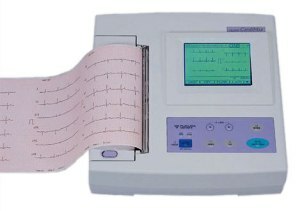 intolerance of the drug;
intolerance of the drug; - liver disease;
- bleeding;
- cardiogenic shock;
- low blood pressure;
- infection in the oral cavity.
The main drawback of the drug is the risk of a large number of side effects, including:
- dizziness, nausea, weakness, unconsciousness and other disorders of the central nervous system;
- tachycardia, lowering blood pressure and other malfunctioning of the cardiovascular system;Digestive disorder, vomiting;
- allergic reactions.
